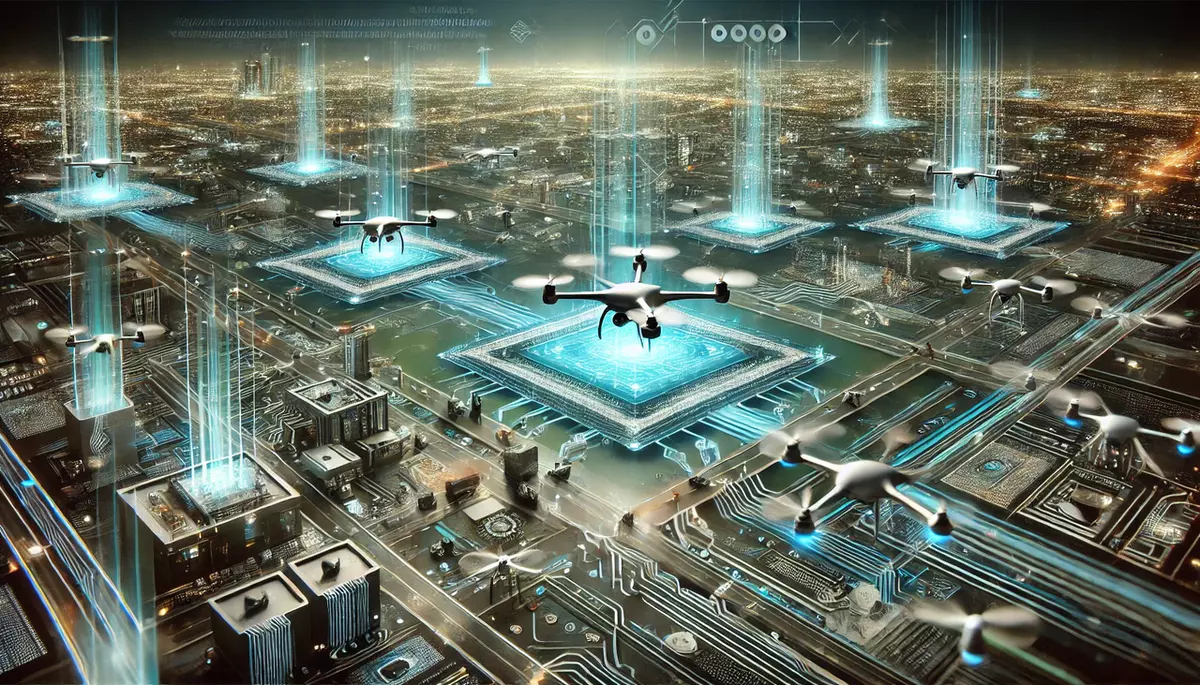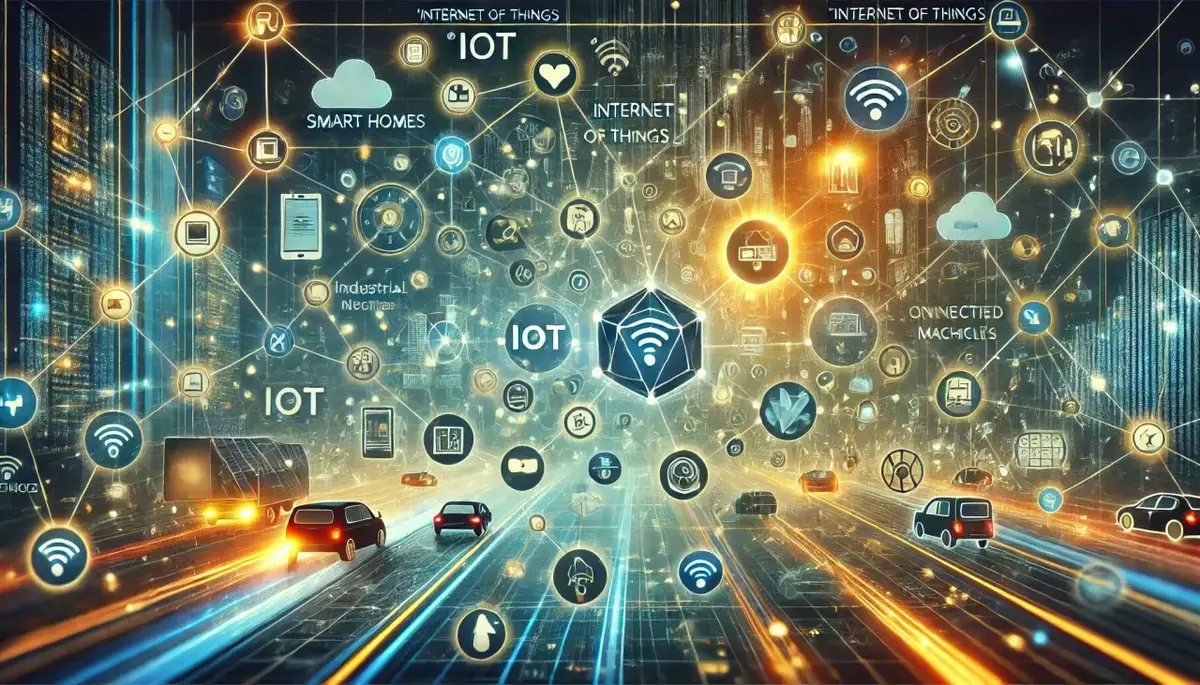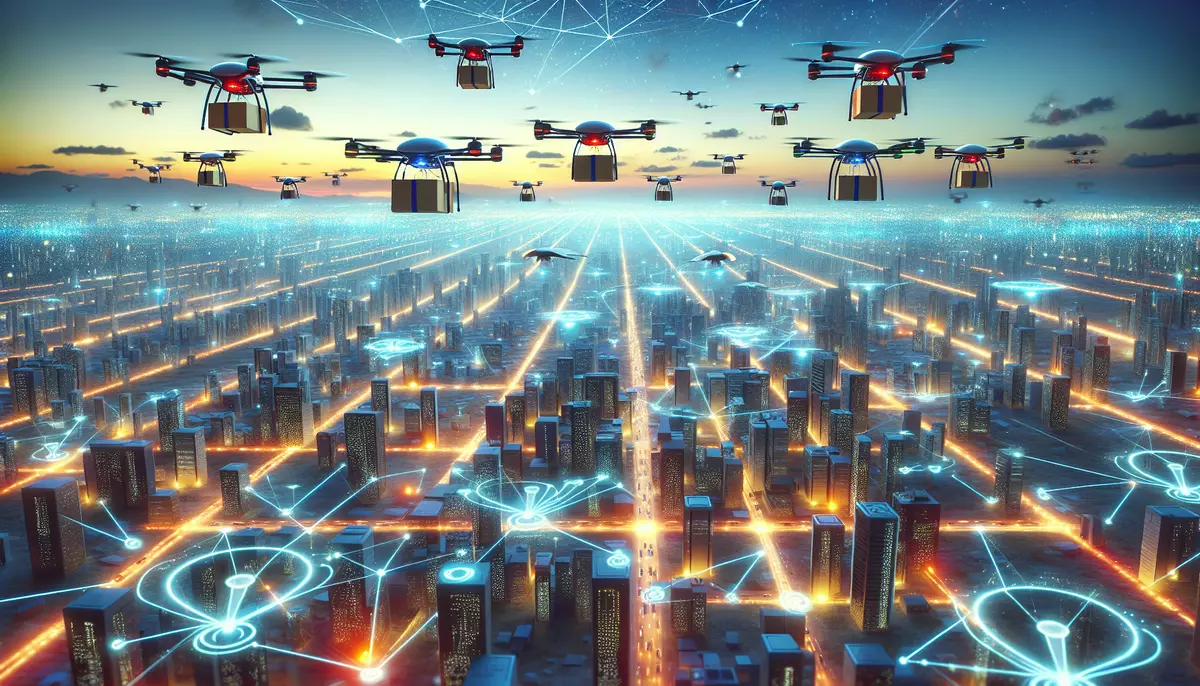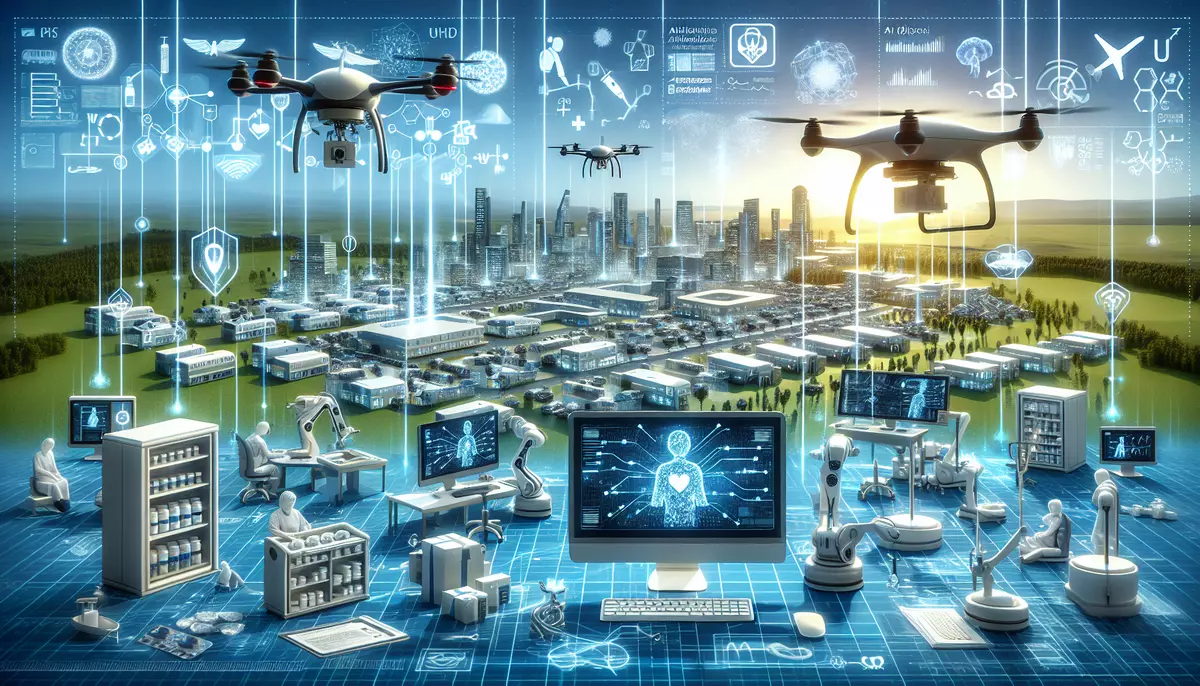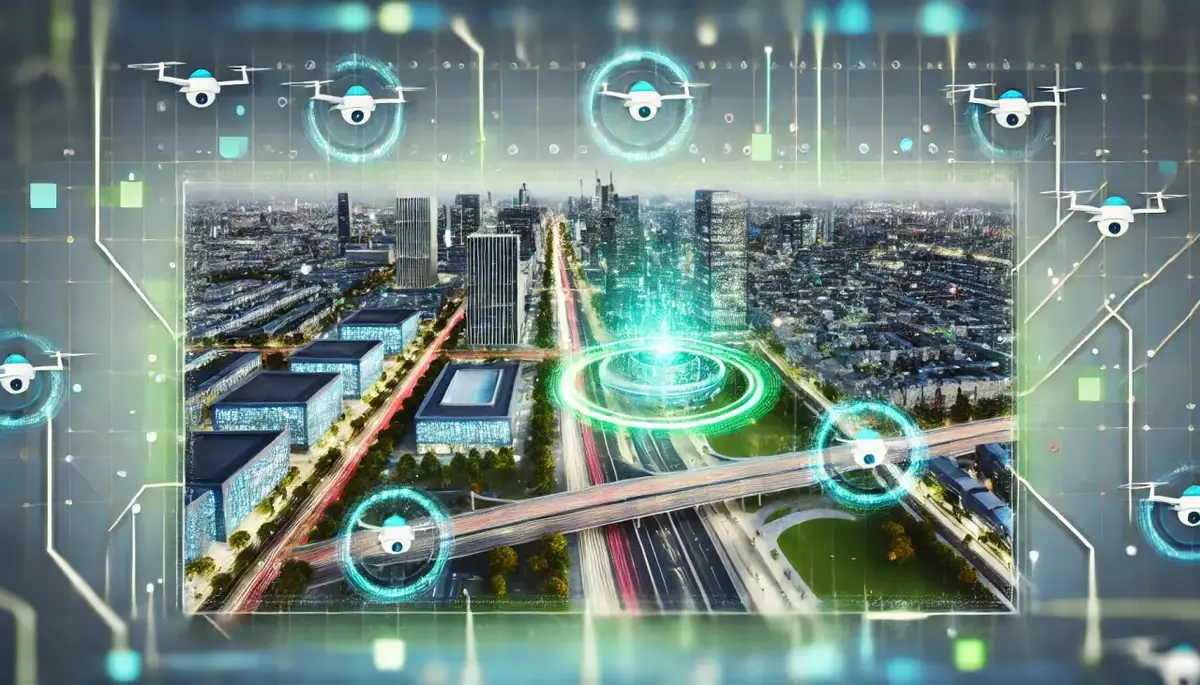Introduction
Unmanned Aerial Vehicle (UAV) traffic management is a critical component in the rapidly evolving world of drone technology. As the use of UAVs continues to expand across various industries, the need for effective and efficient management of airspace has become increasingly important. This knowledge base article explores the key aspects of UAV traffic management, including its importance, current challenges, and emerging solutions.
What is UAV Traffic Management?
UAV traffic management refers to the systems and processes that enable the safe, orderly, and efficient integration of UAVs into the airspace, alongside traditional manned aircraft. It involves the coordination, monitoring, and control of UAV operations to ensure the safety of all airspace users and the general public.
Key Components of UAV Traffic Management:
- Airspace Integration: Integrating UAVs into the existing airspace structure, including coordination with air traffic control and other stakeholders.
- Flight Planning and Monitoring: Enabling the planning, tracking, and real-time monitoring of UAV flights.
- Collision Avoidance: Implementing systems and protocols to prevent collisions between UAVs, as well as between UAVs and manned aircraft.
- Airspace Deconfliction: Coordinating and managing the use of airspace to minimize conflicts and ensure the safe operation of all aircraft.
- Regulatory Compliance: Ensuring that UAV operations adhere to relevant laws, regulations, and safety standards.
Importance of UAV Traffic Management
Effective UAV traffic management is crucial for several reasons:
Safety:
Proper management of UAV traffic helps to mitigate the risks of collisions, accidents, and other safety hazards, protecting both UAV operators and the general public.
Airspace Efficiency:
By coordinating and optimizing the use of airspace, UAV traffic management can improve the overall efficiency of airspace utilization, reducing congestion and delays.
Regulatory Compliance:
Effective UAV traffic management ensures that UAV operations comply with relevant laws and regulations, enabling the safe and responsible integration of drones into the airspace.
Economic Impact:
Efficient UAV traffic management can unlock the full potential of drone technology, enabling the growth of various industries and creating new economic opportunities.
Challenges in UAV Traffic Management
Implementing effective UAV traffic management systems faces several challenges:
Technological Limitations:
- Lack of robust and reliable communication and navigation systems for UAVs.
- Limitations in sensor technologies for collision avoidance and airspace monitoring.
Regulatory Complexity:
- Varying and evolving regulations across different jurisdictions.
- Difficulty in establishing harmonized standards and protocols for UAV operations.
Airspace Integration:
- Seamless integration of UAVs into the existing airspace structure, which was designed for manned aircraft.
- Coordination and communication with air traffic control and other airspace users.
Scalability and Automation:
- Ability to manage the growing number of UAVs and their diverse operations.
- Developing automated systems for real-time monitoring and decision-making.
Emerging Solutions in UAV Traffic Management
To address the challenges in UAV traffic management, various solutions are being developed and implemented:
Unmanned Traffic Management (UTM) Systems:
UTM systems provide a framework for the coordination and management of UAV operations, including flight planning, airspace deconfliction, and real-time monitoring.
Advanced Communication and Navigation Technologies:
Developments in areas such as 5G, satellite-based navigation, and vehicle-to-vehicle (V2V) communication are enabling more reliable and robust UAV connectivity and positioning.
Automated Conflict Detection and Resolution:
Algorithms and AI-powered systems are being developed to detect and resolve potential conflicts between UAVs and other airspace users, ensuring safe and efficient operations.
Regulatory Harmonization:
Efforts are underway to establish international standards and harmonize regulations for UAV operations, facilitating the seamless integration of drones into the airspace.
Future Trends in UAV Traffic Management
The field of UAV traffic management is rapidly evolving, and several future trends are emerging:
Increased Automation and Autonomy:
The development of more advanced autonomous systems and artificial intelligence will enable greater automation in UAV traffic management, reducing the need for human intervention.
Integrated Airspace Management:
The integration of UAV traffic management with traditional air traffic management systems will create a more holistic and efficient approach to airspace utilization.
Collaborative Decision-Making:
The adoption of shared data platforms and collaborative decision-making processes will enable stakeholders to work together in managing UAV operations.
Scalable and Resilient Systems:
The development of scalable and resilient UAV traffic management systems will be crucial to accommodate the expected growth in the number of UAVs and their diverse applications.
Conclusion
UAV traffic management is a critical component in the safe and efficient integration of drones into the airspace. By addressing the challenges and leveraging emerging solutions, the industry is working towards a future where UAVs can be seamlessly and safely incorporated into the broader aviation ecosystem. As the technology and regulatory landscape continue to evolve, the importance of effective UAV traffic management will only grow, unlocking the full potential of drone technology across various industries.
This knowledge base article is provided by Fabled Sky Research, a company dedicated to exploring and disseminating information on cutting-edge technologies. For more information, please visit our website at https://fabledsky.com/.
References
- Federal Aviation Administration (FAA). (2020). Unmanned Aircraft Systems (UAS) Traffic Management (UTM). https://www.faa.gov/uas/research_development/traffic_management/
- EUROCONTROL. (2018). Unmanned Aircraft Systems (UAS) Traffic Management (UTM) Concept of Operations. https://www.eurocontrol.int/publication/eurocontrol-uas-traffic-management-utm-concept-operations
- ICAO. (2020). Unmanned Aircraft Systems Traffic Management (UTM) – A Common Framework with Core Principles for Global Harmonization. https://www.icao.int/safety/UA/UASToolkit/Pages/UTM.aspx
- Kopardekar, P. (2014). Unmanned Aerial System (UAS) Traffic Management (UTM): Enabling Low-Altitude Airspace and UAS Operations. https://ntrs.nasa.gov/api/citations/20140013436/downloads/20140013436.pdf
- Lacher, A. R., Maroney, D. R., & Zeitlin, A. D. (2017). Unmanned Aircraft System (UAS) Traffic Management (UTM): Safely Enabling UAS Operations in Low-Altitude Airspace. https://www.mitre.org/sites/default/files/publications/pr-17-1946-unmanned-aircraft-system-traffic-management.pdf

